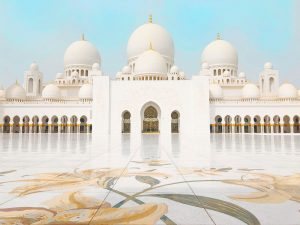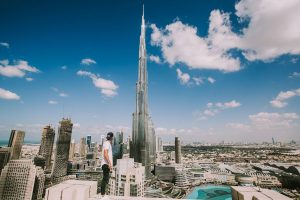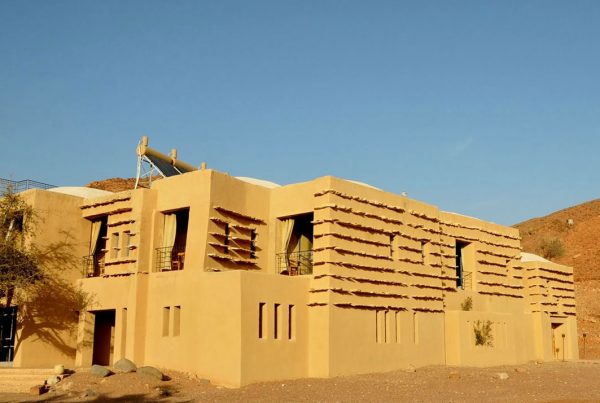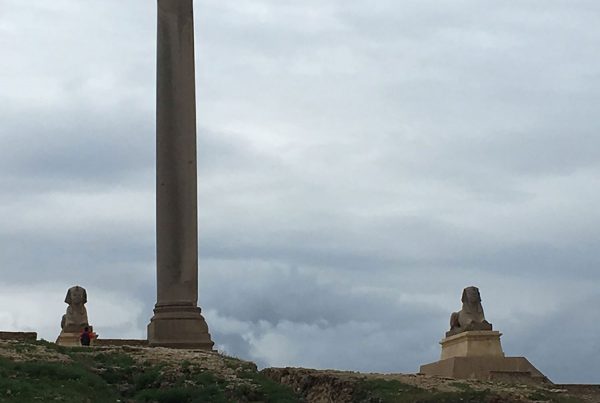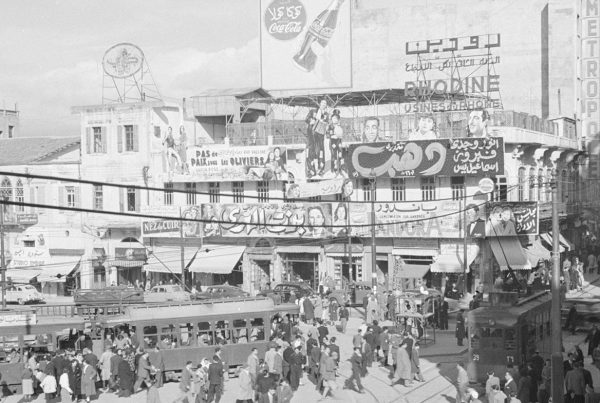The architecture in the Middle East is popularly known as Islamic architecture. This is because most of the designs are associated with Islam. However, western architects are also believed to be influencing innovation in the construction industry, hence promoting diversity in designs. Apart from the Islamic and Western influence, the Middle East also has lots of designs influenced by the Roman as well as the Greek culture as is the case in Jordan, Palestine, Lebanon and Syria. Notably, the Middle East is as complex as it is diverse in terms of cultural norms. Due to conflicts experienced in the region, it has always been important to find ways to collaborate, integrate and compromise when it comes to cultural aspects. Although the 2008 financial crisis severely affected and even halted projects in the gulf area as in other countries, these have since resumed. It is noteworthy that Qatar will be hosting the 2022 FIFA World Cup. This is expected to have a significant impact in the construction industry in the Middle East, with Deloitte Research estimating future projects to be worth more than 230 billion USD.
Old buildings in the Middle East stand out mainly as Forts, Tombs, Mosques or Palaces. Additionally, the architecture also contains common characteristics such as gardens and water bodies/reservoirs which are equally vital in the Islamic culture. Other characteristics include courtyards, also known as Sehn which is often present in secular and religious structures. The courtyard is one of the places where Muslim women can enjoy the outdoor environment without necessarily covering themselves with a hijab. Finally, most buildings contain the double-arched system, which supports the ceiling while adding aesthetic value. Some of the most outstanding modern buildings in the Middle East include:
- Beirut Central District, also known as the core of Beirut, constructed from 1991 after destruction during the Civil war of 1975-1990. The BCD was meant to represent a sense of national identity while incorporating different cultures considering the wide range of facilities available in the BCD.
- The Ferrari World, Abu Dhabi, UAE. This bright red building that accommodates the second largest indoor theme park stands out due to its triangular design. Bearing the largest Ferrari logo in the world, this building may be equated to seven football fields. However, the building only took two years of construction between 2008 – 2010 and cost US$40 billion. This cost is more than what was required to construct Burj Khalifa.
- Burj Khalifa, Dubai, UAE. Watching the Burj Khalifa from a distance compels one to believe that the building is tearing a hole in the sky. Considered as one of the most popular tourist destinations, the building stands at 830 metres high and it cost $1.5 billion in construction. The construction began in 2004 and ended in 2010, which was an extended period due to the financial crisis. This building is part of a $20 billion complex known as Downtown Dubai.
- Al-Azhar Park, constructed at a cost of $30 million as a gift from Aga Khan IV, is also ranked as one of the sixty greatest public spaces in the world. The building may be considered to represent recreation especially since it was constructed to stand out in an area surrounded by rubbish. The buildings preserve historic legacy and tradition by combining Islamic elements in the design.
- The Chedi Muscat, Oman. Contrary to most of the buildings in the Middle East, the Chedi Muscat stands out for blending with the surrounding. The hotel situated on the seaside stands out due to its 12-metre high lobby as well as the expansive gardens. The unique position also gives a sense of the hotel being a Bedouin located in the middle of a desert. Additionally, the interior designs are modern despite the reception area mimicking an Omani fort.
- The Museum of Islamic Art in Doha which imitates stacked cubes. This museum hosts some of the greatest pieces of Islamic art pieces. This building cost an estimated $47.7 million and was constructed between 2005-2008. At the time of its construction, the 46,450 square metre building was considered to have a futuristic design.
Traditionally, Eastern aesthetics imitated those of the European antiquities. The interiors were mainly British and French, probably due to colonial history. However, the uniqueness of the region bore a new approach to design whereby Arabian art was and continues to be the centre of focus. Rather than focusing on current trends that may be outdated in a few years, Arabian and Western architects now focus on aspects of the beautiful Arabic culture. Most of the buildings today represent the cultural ownership in the skyscrapers. During and after the Arab Spring of 2010, the local population was able to reflect from within and identify areas that needed change. This influenced change in the social infrastructure which may explain changing trends in the architecture.
With the political changes, most of the Middle Eastern societies have embraced the choice to rebuild the region. Additionally, many Arab developers are turning to international architects to come up with sustainable and golden standard projects. In order to appeal to the international community, developers in the Middle East have found it essential to incorporate Western elements in their designs. From the use of ceramic tiles in the interior decor to the unique Persia-style tapered brick pillars, the architecture in the Middle East is evidence of rich culture and years of design evolution.
Undoubtedly, some of the greatest civilizations may be argued to have begun in the MENA region. Despite the past events, the Middle East promises more astonishing designs especially with the current rate of rapid development. With conventional elements such as social classes and positions of political power determining the architectural designs in most private buildings, the diversity and evolution of the Middle Eastern Society have seen newer designs come up, a majority of which blend the Eastern and Western elements, moving away from the cliché of the Arabian architecture.




